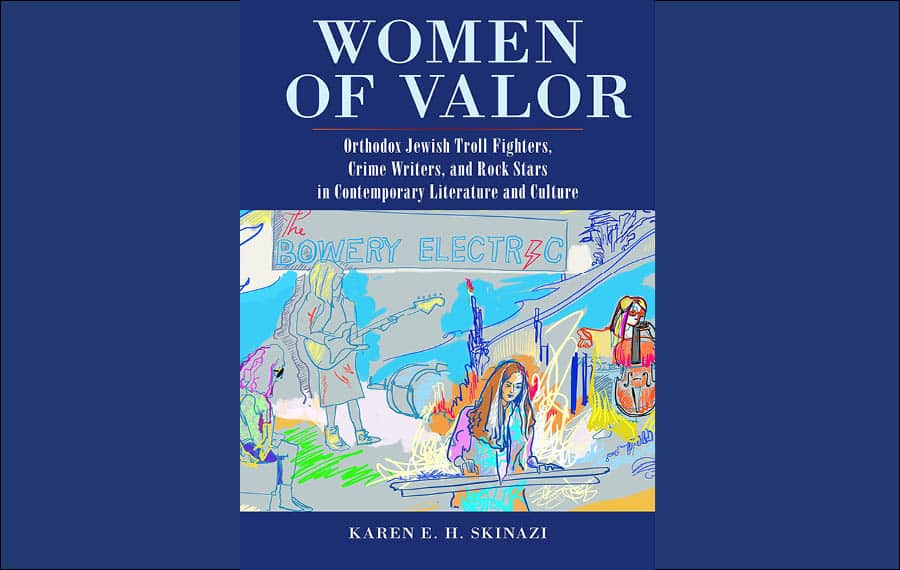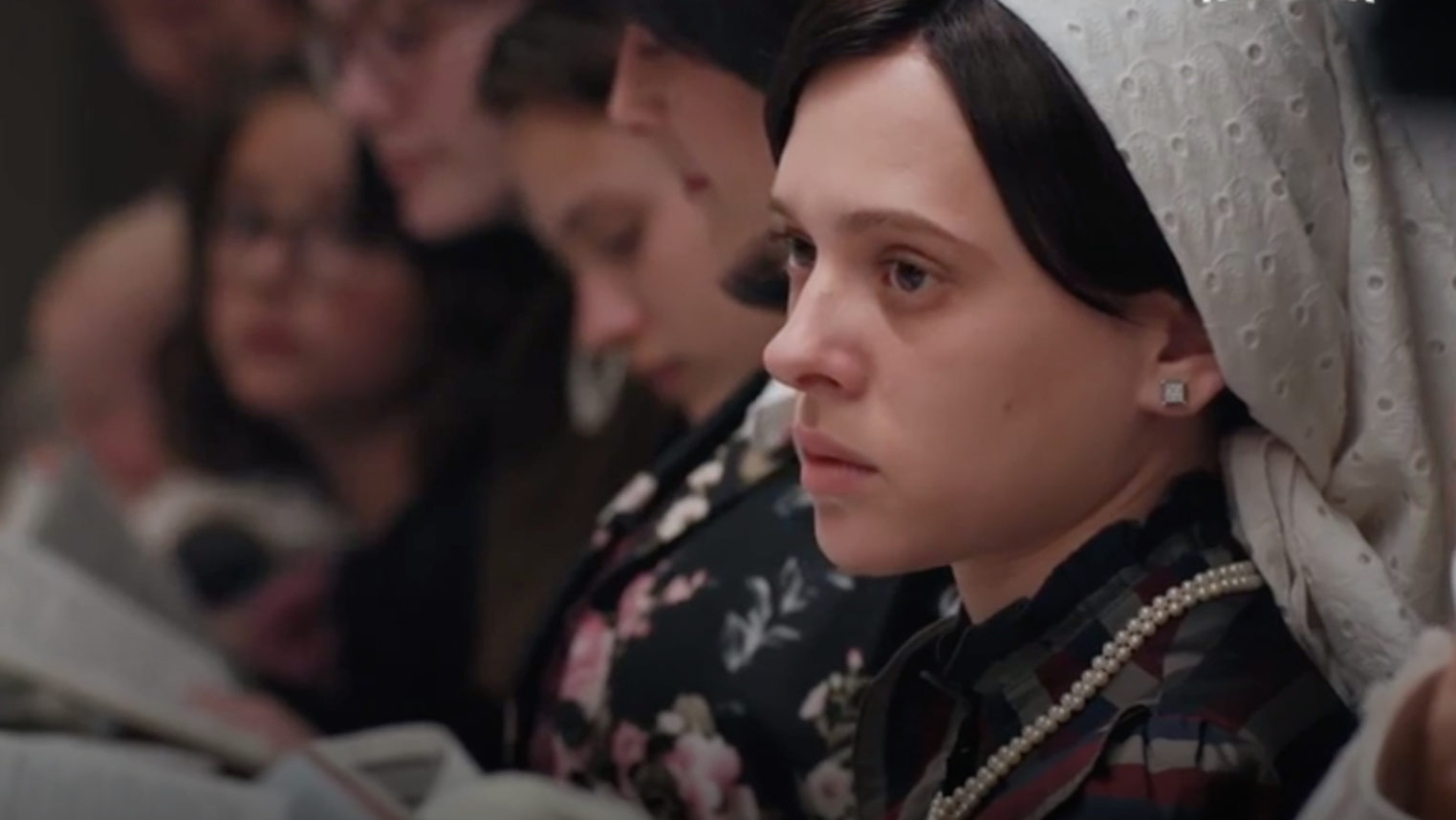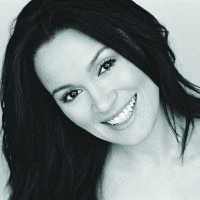
“In the age of reality TV,” writes Karen E.H. Skinazi in her book “Women of Valor: Orthodox Jewish Troll Fighters, Crime Writers, and Rock Stars in Contemporary Literature and Culture,” “everyone wants to know what’s going on with everyone — in their lives, in their homes, and in their beds.” It’s a statement with which it’s almost impossible to disagree.
From the excesses of “Keeping Up With the Kardashians” and the “Real Housewives of Beverly Hills” to the debauchery of the “The Bachelor,” in the past two decades, television has given us not merely a glimpse into the lives of others but a front-row seat for all of the most private and explosive moments in the worlds of people we might not otherwise encounter. That these moments are edited together by entertainment professionals goes without saying. Certainly, most viewers realize that. Still, many Americans regularly make popcorn and settle in on the couch for an evening of voyeurism.
The question is why viewers have such an insatiable appetite for bearing witness to the daily lives of others.
Many have speculated about the reasons behind this growing obsession. Is it that watching the train wreck that is so many of these people’s lives makes us feel better about our own lives? Are we bored and wish our lives were more glamorous and exciting? Or is it something more?
Somewhat new to this cultural phenomenon of wanting to peek behind the curtains is the growing fascination with Orthodox and ultra-Orthodox Jewish communities. Many have started to explore Jewishness as a religion in addition to simply a culture or ethnicity.
Regardless of what exactly it is that drives us to become voyeurs, the process almost always is wrapped up in a certain degree of sensationalism. Whoever is the subject of a show — be it a family, a group of wealthy women or a number of attractive singles stuck on an island together — must necessarily be painted in extreme strokes. But such depictions rarely show us a version of reality, despite the fact that we call it “reality television.”
Somewhat new to this cultural phenomenon of wanting to peek behind the curtains is the growing fascination with Orthodox and ultra-Orthodox Jewish communities. Many have started to explore Jewishness as a religion in addition to simply a culture or ethnicity. Over the past few years, documentaries such as “One of Us,” scripted shows such as “Shtisel” and films including “Disobedience” have brought us into the insular worlds of Orthodox and ultra-Orthodox Jews.
Most recently, “Unorthodox,” a Netflix miniseries loosely based on the real story of Deborah Feldman’s journey away from her Chasidic (Satmar) community — as recounted in her 2012 autobiography, “Unorthodox: The Scandalous Rejection of My Hasidic Roots” — has captivated countless viewers. And it’s not only Jews watching the show. Articles about the miniseries have appeared in contemporary mainstream publications such as Vogue, Elle, People, The New York Times and Esquire.
It seems everyone is talking about one Jewish woman who left her ultra-Orthodox community in the Williamsburg neighborhood of Brooklyn, N.Y., and fled to Berlin.

Given how the community often is depicted in the miniseries, it’s not surprising people cannot seem to avert their gazes. It’s a dark and oppressive world that Esty, the protagonist, wants to escape. And when, halfway through the series, she wades into the water while wearing her noticeably frumpy attire, takes off her sheitel (wig) and lets it sink beneath the surface, we are awash with emotion. It’s meant to be a victorious moment, drawing on the classic trope of water as regenerative and life-giving, while symbolizing the beginning of a new and unfettered life.
But the accuracy of the show’s portrayal of Chasidic Jews has been hotly debated. Some see in the harsh depiction an echo of their own experiences, while others find them to be exaggerated in some cases and fabricated in others. In numerous scenes, Esty and her husband, Yanky, attempt to consummate their marriage. In every instance, they are completely clothed, and at times, Yanky harshly criticizes Esty’s inability to engage in intercourse with him — although we have watched her try, in agony, to fulfill her marital duty.
“Unorthodox” feels like a documentary at times, although it is only loosely based on Feldman’s story, which means some components are fictionalized. Like reality television shows, documentaries have become increasingly popular because they, too, give us an insider’s view into mysterious cases and communities. And the sheitel- and shtreimel-wearing communities of Orthodox Judaism can seem mysterious indeed. Chasidic and other ultra-Orthodox communities always have been seen as insular, and groups that figure out how to exist with little connection to the outside world have always been seen as enigmatic at least, and suspicious at most.
But although it may be new to television and film, the fascination with Orthodox communities started in the world of literature. Orthodoxy was a driving force in Jewish-American literature of the late-20th century and beyond. It became, as Skinazi points out in her book, a strong subgenre of Jewish literature, one that also happened to be dominated by women.
Although stories of Orthodox communities were part of 20th-century American literature before the end of the century, the roles of women in these narratives were often one-dimensional, if they existed at all. Skinazi points out that in Chaim Potok’s “The Chosen,” for example, the lives of men and boys are “explored in depth and detail,” whereas the women are “almost entirely invisible but for those who appear as covered wombs.” Women here, often pregnant and always covered, are a backdrop for a male-dominated story of the complexity of Judaism and Jewish identity.
In many other 20th-century fictional accounts of Orthodox communities — for example, Henry Roth’s “Call It Sleep,” Pearl Abraham’s “The Romance Reader,” Abraham Cahan’s “Yekl” and Mayla Goldberg’s short story “Hair”— the wig, suggests Skinazi, becomes situated in the foreground. Female characters agonize over the wig and whether to remove it. The trope is pervasive enough that in Jewish literature, the wig becomes “anachronistic, oppressive, dehumanizing, and unfeminist.”
Skinazi’s point about the ways in which wigs figure into 20th-century Jewish literature is important. The pervasiveness of such a trope ensures readers outside of Orthodox communities see the wig as a way to understand female Orthodoxy. The wig has “a totalizing effect. Whether it desexualized or sexualized, whether it was desired (wrongly) or despaired, it was oppressive and obscuring — a denial of personhood.” In other words, although these narratives suggest one thing about women in Orthodox communities, there may be much more to the story.
Jewish fiction in America has continually transformed itself to fit contemporary contexts. Narratives of the 21st century offer what Skinazi sees as a much more nuanced depiction of the wig. Nathan Englander’s short-story collection “For the Relief of Unbearable Urges” is one of these. In a story called “The Wig,” Ruchama is a wigmaker and mother of six children. But she also is a breadwinner who helps other women of the community fulfill their own Jewish roles. According to Skinazi, here, Englander “begins to imagine the ways that head coverings might also liberate.” A symbol of modesty need not always be an obstacle to freedom and individuality.
But there is one more dimension to Englander’s nuanced depiction of the wig. Ruchama becomes so obsessed with creating the perfect wig that she ceases to perform basic work functions. She forgets to pay her bills. To hide her obsession, she potentially ruins her reputation by claiming that she is not making wigs but rather, philandering. But although this ultimately becomes a “cautionary tale,” it is also a “game changer.”
Englander’s more nuanced depiction of the Orthodox woman marks an important transition of her role in literature. She is not simply a “covered womb” but rather, a woman of initiative and independence. She starts and runs a business. She is a prototype of the “woman of valor” that Skinazi sees emerge in 21st-century fiction. On Friday evenings, Shabbos-keeping Jews all around the world recite the hymn of the eshet chayil, the woman of valor who has domestic and business acumen while being smart, kind and someone who cares for her community.
The woman of valor is no slouch, and it is this figure that forms the basis for Skinazi’s reading of Orthodox women in literature and film. “It is a message that we see again and again in the works of Jewish women writers and filmmakers,” Skinazi writes. Women can “buy fields, plant vineyards, go to battle, and support the distaff. Domestic work is not, and has never been, the whole of the ideal woman in Judaism, Orthodox or otherwise. The woman of valor is multitalented.” And this woman’s voice — the voice of the eshet chayil — is one Skinazi traces throughout her book. While it is one thing for secular Jewish or non-Jewish writers to explore the figure of the Orthodox woman, what does it look like to allow the Orthodox woman to speak? Furthermore, given that we have devoured literary depictions of Orthodox women created by secular or non-Jews for decades, are we also open to the Orthodox woman’s perspective of secular and other Jews? Or are Orthodox women “too confined and defined — too policed by their communities — to tell their own stories?”
Skinazi, citing the recent pervasiveness of news accounts of women’s subjugation at the hand of Orthodoxy, suggests there may be reason to think that they are, in fact, too confined by their communities. Yet, she also points out that while mainstream media representations of Orthodox women are indeed exploring the legitimate ways in which women sometimes are constrained by their communities, they are not all “sitting silently in their dun-colored, floor-length appropriately fastened clothing at the back of the bus or locked in their homes, despairing their helpless fate.” Many, Skinazi points out, live satisfying lives, and teenage girls often report suffering less from the self-esteem issues that plague their non-Orthodox peers. In other words, not every Orthodox woman suffers from oppression. Like women in every other group, Orthodox women do not share one monolithic voice, and we should refrain from imposing one on them.
Skinazi’s study takes us on a detailed journey through the sometimes subtle and sometimes not-so-subtle transitions and evolutions of the depiction of Orthodox women in literature. With the publication of well-known works such as Allegra Goodman’s “Kaaterskill Falls” — whose protagonist, Elizabeth Shulman, is a wife and mother of five children in addition to starting a kosher market — Orthodox characters no longer were just “cranky old men or force-feeding characters and aunts.” Nor were they part of the “proliferation of Gitls, condemned to their headscarves and modest dress” that had returned to haunt the Jewish novels of the 1980s.
That more recent literary depictions of Orthodox communities have been dominated by strong, independent women is a crucial point, and one Skinazi demonstrates artfully again and again in her exploration of the roles of such women in literature and film. She points out that in mainstream American popular culture and media, Orthodox women “have been represented as passive, limited, interpellated subjects in an oppressive patriarchal society.”
But, again, the eshet chayil is anything but passive and limited; her very construction is implicitly complex and nuanced, and we increasingly see this in literature, television and film depictions of Orthodox women. Even in the many “off the derech” stories (stories about leaving Orthodoxy) of the past two decades, Orthodoxy is not simply a “site of rejection,” but can also be a “site of acceptance, aspiration, embrace, and investigation.” These facets may not always act in complete harmony, but perhaps that is to be expected — and even celebrated.
In Naomi Alderman’s 2006 novel “Disobedience,” Ronit Krushka says, “I’ve come to a conclusion. I can’t be an Orthodox Jew. I don’t have it in me, and I never did. But I can’t not be one, either.” Even in stories about women who have left the community, we find a version of the woman of valor — a woman who understands the difficulty of being or wanting two things at once, even when they seem not to be in harmony with each other. And as Skinazi points out, while many Orthodox women of American literature have “suffered under the weight of their wigs and their wombs,” even if they leave Orthodox Judaism, they don’t reject it or its laws. Perhaps this, itself, is the epitome of the eshet chayil, the woman of valor, unfettered and unconstrained, walking among us rather than cloistered away.
In recent years, the purity of the Haredi world’s insularity has been punctured by the pervasiveness of technology .… It is the friction between the two worlds, bumping up against each other, that has nourished the tension, conflict and creation of compelling narratives.
Skinazi’s book is a thorough and engaging examination of all the ways in which Orthodox women have been imagined in literature and American popular culture of the past few decades. In it, we see not just the complexity of the figure of the Orthodox woman, but also the varied ways people from within and outside the community have represented her. Sometimes, these depictions say more about those outside the community than about those within it.
The last chapter of “Women of Valor” deals with how Orthodox women filmmakers — in particular Tobi Einhorn and Robin Garbose — have responded to mainstream depictions of them. Given the “empowered Orthodox women that the American Orthodox film industry features,” it is clear many within the community reject and resent these widespread representations. In such films, Orthodox women are seen navigating the complexities of needing to work while caring for their households, and girls are depicted at times as facing prejudice and discrimination from non-Jews and fellow Jews on one hand, and being “restricted in their abilities to act on their faith” in others.
In short, films by Orthodox women reject the various one-dimensional approaches of the past and reflect instead the world of the Orthodox woman as it truly is — not without its conflicts and complexities, but still one in which artistic endeavors can be powerful vehicles to manage and navigate the complications of being an Orthodox woman. But beyond such films being a response to previous depictions, the burgeoning world of Orthodox women filmmaking has “offered women what the communal space of the yeshiva offers men — intellectually, spiritually, emotionally, and interpersonally.”
That such a space is offered in the context of art, particularly the visual, is certainly something of a triumph. But it is not entirely unexpected. Skinazi quotes film studies critic Marlyn Vinig in “The Dreamers,” a 2011 documentary about Charedi female filmmakers: “It’s a conflict. You’re an artist and you’re ultra-Orthodox.” But we know that when it comes to art and literature, conflict is key, and complexity is the touchstone of powerful narratives. That compelling stories would be created in a constantly changing world is also an important consideration.

In the past, the Charedi world has maintained strict insularity, with little to no access to the outside world. But now, more than ever, the times are changing, and in recent years, the purity of the Charedi world’s insularity has been punctured by the pervasiveness of technology, which has touched even some of the most insular communities, providing both a view in (for the non-Orthodox) and a view of what lies outside the boundaries (for the Orthodox).
It is the friction between the two worlds, bumping up against each other, that has nourished the tension, conflict and creation of compelling narratives. It is not surprising that the greatest artistic works always have been born from moments of tension and conflict. And it turns out the woman of valor may, in fact, be an ideal site for the creation of powerful stories.
Monica Osborne is scholar of Jewish literature and culture. She is the author of “The Midrashic Impulse and the Contemporary Literary Response to Trauma.”























 More news and opinions than at a Shabbat dinner, right in your inbox.
More news and opinions than at a Shabbat dinner, right in your inbox.